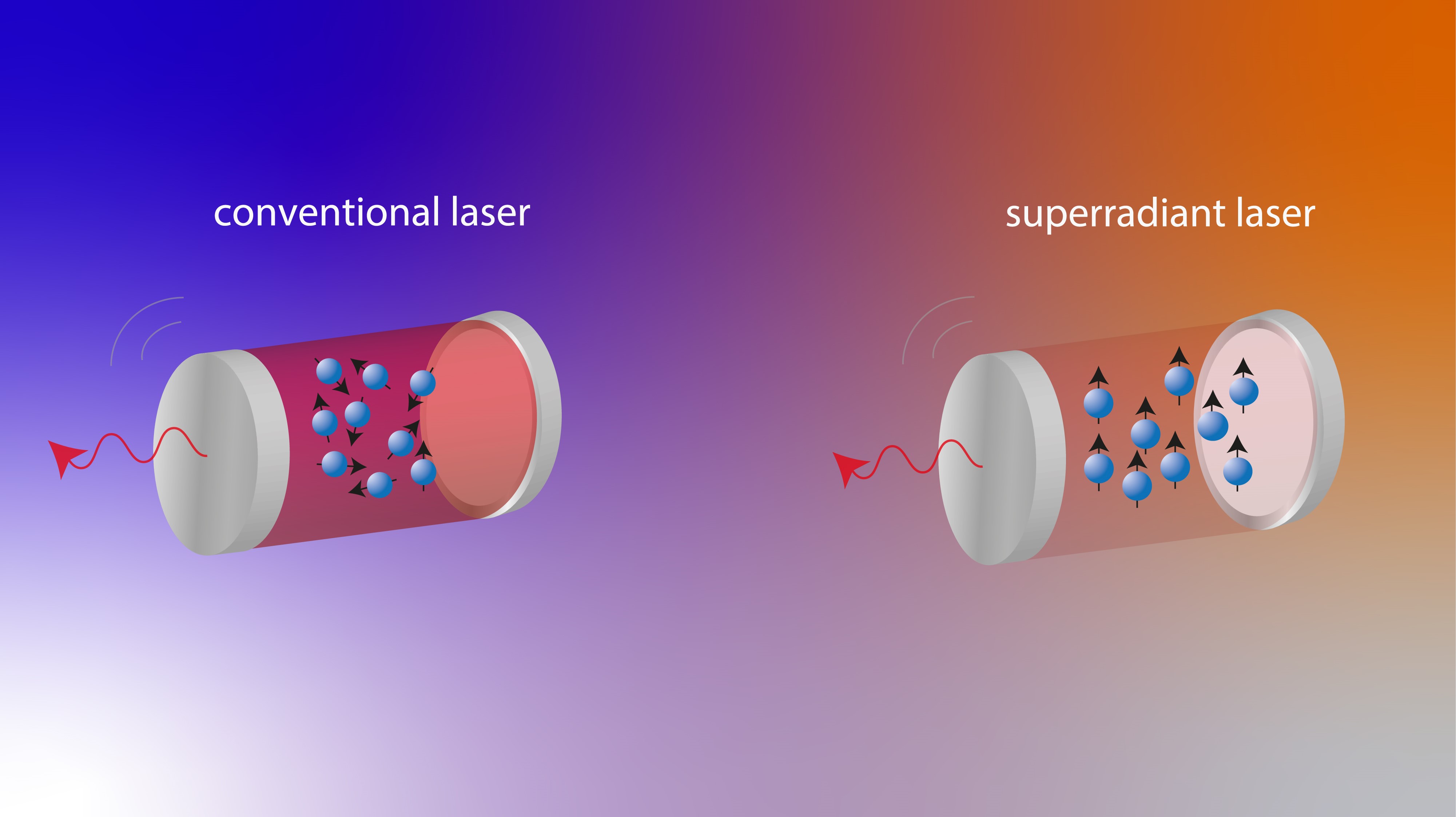Contents

Source: Chinese Laser Welding Machine Manufacturer
<>
Cooperative Lasing in Laser Gain Media
Introduction
Cooperative lasing, also known as cascade lasing, is a phenomenon observed in certain laser gain media where traditional laser transitions face challenges due to the long lifetime of the lower laser level. This can lead to self-terminating laser transitions, hindering efficient laser operation. One way to address this issue is through cooperative lasing.
Understanding Cooperative Lasing
Cooperative lasing involves depopulating the lower laser level by inducing laser action on an additional transition to an even lower energy level. By designing the laser resonator to minimize optical losses at the wavelength of the additional laser transition, it becomes possible to sustain laser action effectively.
Applications of Cooperative Lasing
Cooperative lasing has been successfully applied in various laser systems, including erbium and thulium-doped glasses. For example, it has enabled the operation of fiber amplifiers at specific wavelengths, such as 1.49 μm. Additionally, cooperative lasing has been implemented in holmium and erbium lasers to overcome limitations posed by self-terminating laser transitions.
Conclusion
Cooperative lasing offers a promising solution to challenges associated with certain laser gain media, allowing for the efficient operation of lasers and amplifiers. By leveraging additional laser transitions to depopulate problematic lower laser levels, cooperative lasing enhances the performance and reliability of laser systems.

Source: Max Planck Institute for the Science of Light
Feel free to comment your thoughts.



